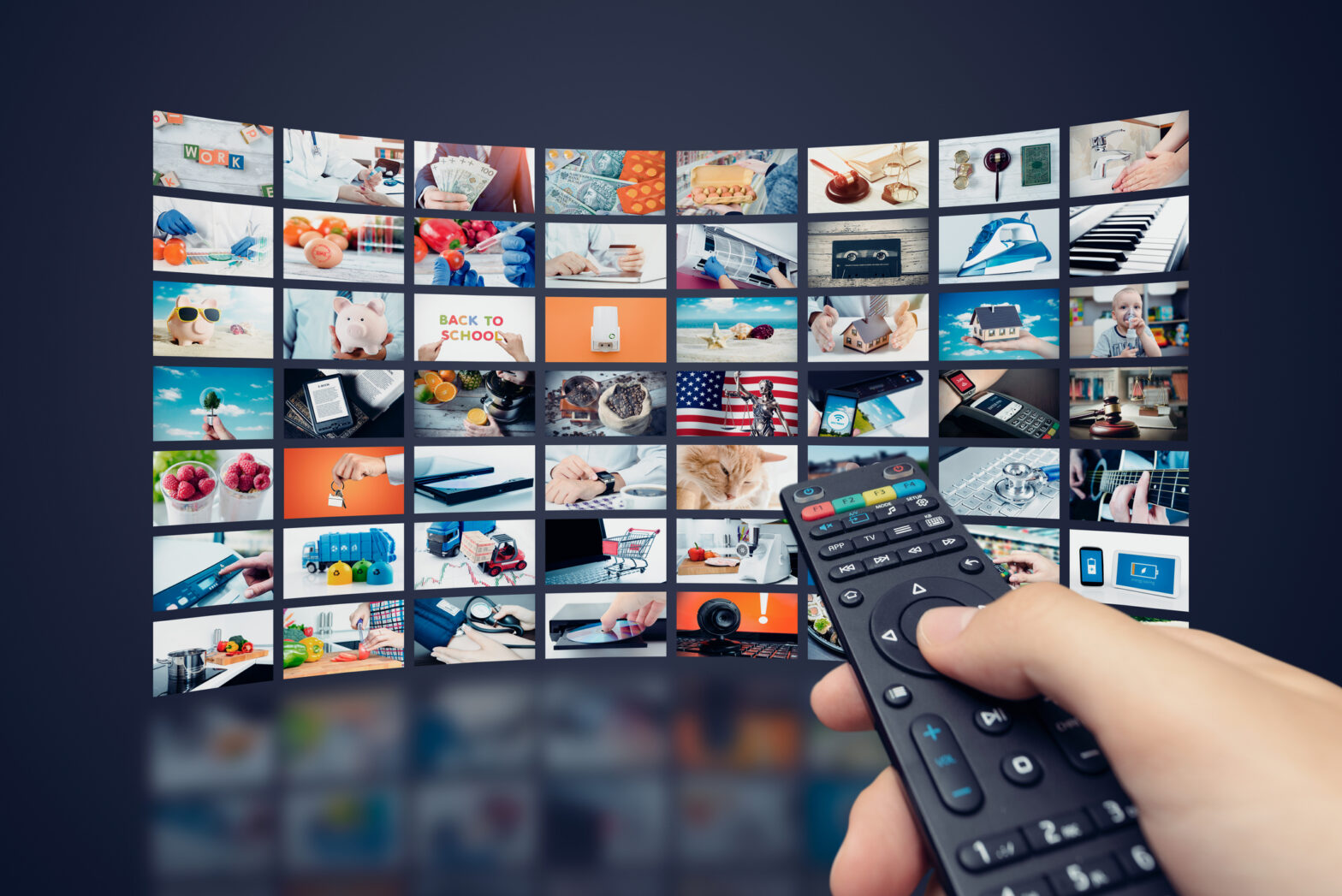According to the Demand Generation report — a collaboration between ThinkBox, MediaCom and Wavemaker — TV creates significant added value in terms of short and long-term brand benefits compared to other channels.
However, while practically everyone watches TV, not everyone watches it at the same rate. According to BARB figures, a large cohort of viewers are glued to their TVs for four hours or more each day, but at the same time, the percentage of light TV viewers (those watching only 30 minutes or more) is also on the rise. Today, there are 20 million light TV viewers versus 10 million in 2017.
This is causing significant reach and frequency issues. To put it simply, some viewers are easy to reach. Some are difficult. With this comes a couple of challenges for advertisers and media planners.
First: how to reach light viewers with a single advertising exposure without reaching heavier viewers many times over. And secondly (and perhaps even more complex) how to do this with increased audience fragmentation courtesy of the abundance of TV channels.
Revisiting ‘valuable programming’
As a result of these challenges, ensuring that campaigns are reaching the light viewer is becoming increasingly expensive. This issue becomes even more exaggerated in the 16-24 age group — which is the largest proportion of the light TV viewing audience. Previous BARB figures show that, to achieve the same reach today as back in 2017, an opportunity-to-see (OTS) will have more than doubled.
The thing is, brands do need to please both audiences. Light viewers comprise 45% of households but receive just 5% of linear TV ad impressions. Not reaching them means alienating almost half of your audience.
Arguably, reach is more important than frequency, in the sense that it’s better to reach one unique user or potential customer than to be able to reach the same person twice. But it’s excess frequency that causes risk. It can frustrate leads and give the audience a negative association of a brand. And if this is allowed to happen, there’s a risk of alienating the other 55%.
Fortunately, all is not lost. There are ways to mitigate excess frequency through holistic video planning and buying – mirroring the diverging consumption habits of audiences across TV, BVOD, streaming services, cinema, and YouTube to maximise reach across all audiences. If the light TV viewers can be targeted, serving the same person, the same ad 25 times can largely be mitigated.
This sounds like a win-win. But obviously, it will take reconfiguring, which means revisiting what is considered valuable programming in the schedule. And the main challenge remains with the linear TV buy. Instead of seeking the highest rating programmes across the TV schedule, which although delivering reach can contribute to excess frequency, the value must be seen in those programmes that offer the highest percentage of light TV viewers.
For example, The Great British Bake-Off is a show that delivers both scale and a high percentage of light TV viewers. There are also gains to be made with mid-scale programmes that primarily don’t have a regular audience but have a disproportionate level of light TV viewers, like Taskmaster.
New entrants, such as Netflix, also offer new — and ‘easier’ — opportunities to reach the light viewer. Although, more will be known when it can truly quantify its commercial impact (the service only began broadcasting ads for the first time in the UK from 3 November).
This is crucial because reach does not equal impact. YouTube, for example, has one of the most significant monthly reach percentages in the UK (54.4%) among streaming services. Yet, its reach planner demonstrates the number of people a campaign on the platform actually reaches — and therefore impacts — is far less.
Managing frequency where you can
Effectiveness in video is a complex topic. And when it comes to integrating planning, it is even more difficult to measure. It’s true that the industry is still waiting for a genuine cross-media measurement solution to emerge. Until that point, reach can be maximised with a blended video mix, but the more ‘pipes’ that are added, makes frequency hard to manage.
As with any strategy and decision, data needs to be the best guide. It requires close scrutiny of media costs and performance metrics like completion rates (AVOC) and cost-per-completed view, as well as a longer-term assessment of the impact on business outcomes.
While the video landscape is shifting, the rule book for outcomes-based planning has remained unchanged. And it will help determine the video mix because it can play to the strengths of each platform.
If a brand is looking to drive as many sales of a product as possible. Then, TV is actually the best bet vs all other types of video. Group M’s econometrics, pre- and post-Covid, revealed that 59% of sales come from TV — it’s still the largest single media channel for driving sales. And going back to the Demand Generation report, it states that within the first fortnight of a campaign, TV delivered on average 23% of media-driven sales
Ultimately then, for now at least, advertisers and media planners need to manage frequency where they can. And focus on buying another impact of unique reach, which is more valuable than buying another impact to the same person for the 10th time.
At the most basic level, advertising needs to be seen and heard to nail any objective in the purchase journey. Delivering on return on investment is pivotal, but as consumers’ time is spread thinly across new platforms and devices, effective media planning will more carefully consider the audience, time spent and messaging frequency.
Source: the-media-leader.com

